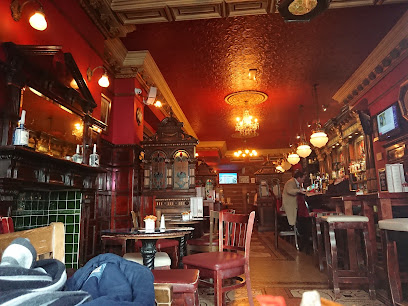
World Poverty Stone: A Reminder of Global Inequality
Reflect on global poverty at Dublin's World Poverty Stone, a monument promoting human rights and social justice in the North Wall area.
The World Poverty Stone, located in Dublin's North Wall, serves as a poignant reminder of the ongoing challenges faced by impoverished communities worldwide. Inscribed with a powerful message from Joseph Wresinski, founder of ATD Fourth World, the stone encourages reflection on human rights and the fight against poverty.
A brief summary to World Poverty Stone
- Dublin, North Wall, IE
- Monday 12 am-12 am
- Tuesday 12 am-12 am
- Wednesday 12 am-12 am
- Thursday 12 am-12 am
- Friday 12 am-12 am
- Saturday 12 am-12 am
- Sunday 12 am-12 am
Local tips
- Take a moment to reflect on the powerful message inscribed on the stone and consider its relevance to contemporary global issues.
- Combine your visit with a walk along the North Wall, exploring the area's blend of modern architecture and historic dockland features.
- Visit the nearby Famine Memorial to understand the historical context of poverty and hardship in Ireland.
Getting There
-
Walking
If you are already in the North Wall area, the World Poverty Stone is easily accessible by walking. From Dublin Port, head south along the waterfront. The walk takes approximately 10 minutes along the riverbank. Look for signs directing you to the World Poverty Stone.
-
Public Transport
The North Wall Quay is accessible via Dublin Bus, the Luas (Red Line), and DART. Several bus routes serve the area. The closest Luas stops are George's Dock, Mayor Square, and Spencer Dock. The Dublin Area Rapid Transit (DART) has a station at Docklands on Sheriff Street. A single adult TFI 90 Minute fare within Zone 1 is €2.00 with a Leap Card. Without a Leap Card, a single Dublin Bus fare is €2.60.
-
Taxi
Taxis are readily available throughout Dublin. A short taxi ride from the city center to the North Wall area will typically cost between €8 and €11. Ride-sharing services like Uber are also available.
Discover more about World Poverty Stone
Iconic landmarks you can’t miss
Custom House Quay
0.1 km
Discover the historic Custom House Quay in Dublin, a vibrant waterfront destination filled with stunning architecture, local culture, and scenic views.
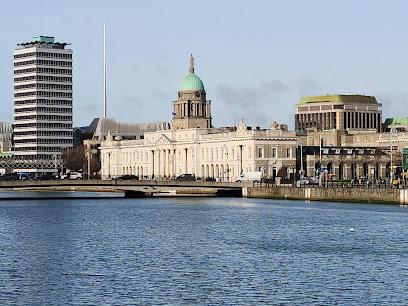
The Linesman
0.1 km
Explore The Linesman, a stunning sculpture in Dublin's Docklands, celebrating the city’s maritime heritage with artistry and cultural significance.
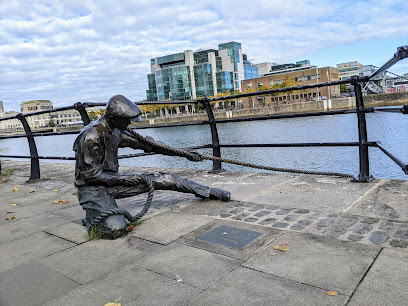
Patrick Sheahan Memorial
0.5 km
Explore the Patrick Sheahan Memorial in Dublin, a historical landmark honoring heritage and culture amidst the vibrant cityscape.
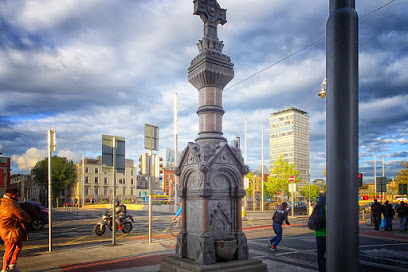
Trinity College Dublin
0.6 km
Explore the rich history and stunning architecture of Trinity College Dublin, home of the Book of Kells and a vibrant academic atmosphere.

Ecological Museum at Trinity College
0.6 km
Explore biodiversity and ecological wonders at the Ecological Museum in Trinity College Dublin, a must-visit for nature lovers and curious travelers.

Museum Building (Geology, Geography and Civil Engineering)
0.6 km
Discover the architectural beauty and scientific treasures of the Museum Building at Trinity College, a must-see for every Dublin visitor.
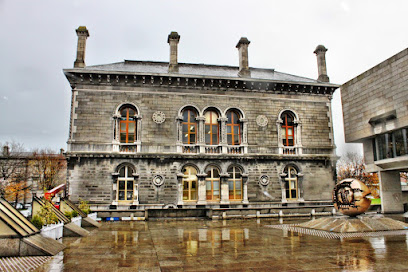
The National Wax Museum Plus
0.6 km
Discover the magic of the National Wax Museum Plus in Dublin, where iconic figures come to life in a captivating wax experience.
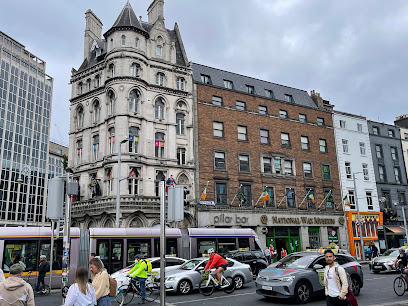
O'Connell Bridge
0.7 km
Experience the vibrant culture and stunning views at O'Connell Bridge, Dublin's historic connection across the River Liffey.
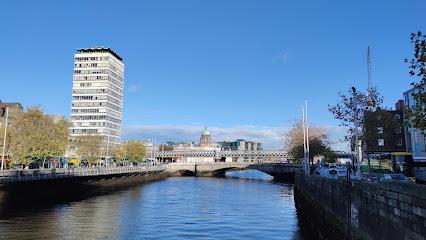
The Wishing Hand
0.7 km
Explore The Wishing Hand in Dublin, a captivating tourist attraction that symbolizes hope and wishes, set amidst the vibrant culture of the city.

The Campanile of Trinity College
0.7 km
Discover the historic Campanile of Trinity College, a stunning monument in Dublin that symbolizes Ireland's rich academic heritage and architectural beauty.
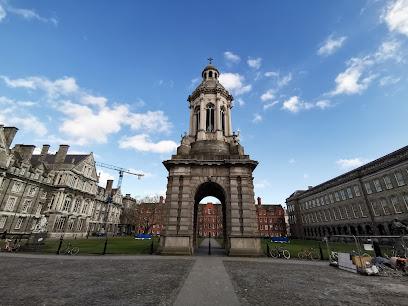
O'Connell Monument
0.7 km
Discover the O'Connell Monument, a historic landmark on Dublin's famed O'Connell Street, honoring Irish heritage and the fight for freedom.
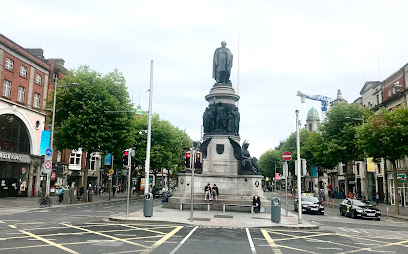
The Book of Kells Experience
0.7 km
Explore the enchanting Book of Kells at Trinity College Dublin, where history, artistry, and culture converge in a captivating experience.
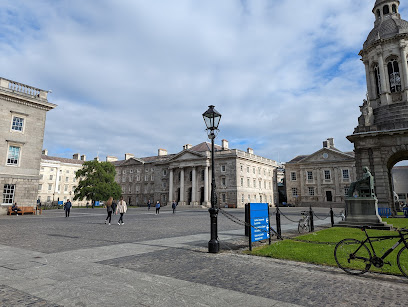
William Smith O'Brien Statue
0.7 km
Explore the William Smith O'Brien Statue in Dublin, a significant historical landmark celebrating Irish nationalism and cultural heritage.
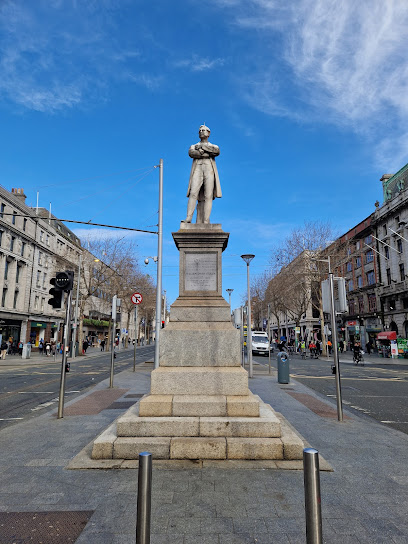
Jim Larkin Statue
0.7 km
Explore the Jim Larkin Statue in Dublin, a powerful symbol of Ireland's labor movement and a testament to the fight for workers' rights.
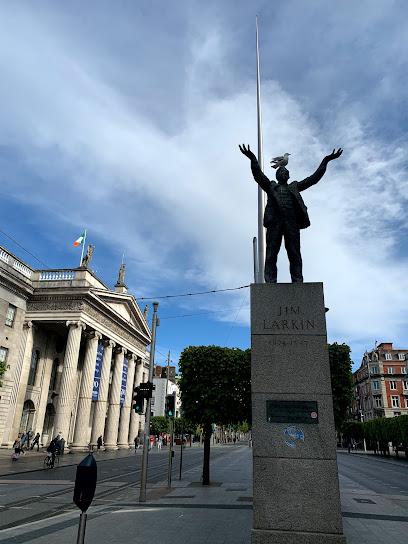
James Joyce Statue
0.7 km
Explore the James Joyce Statue in Dublin, a tribute to the legendary Irish writer, and immerse yourself in the city's rich literary heritage.
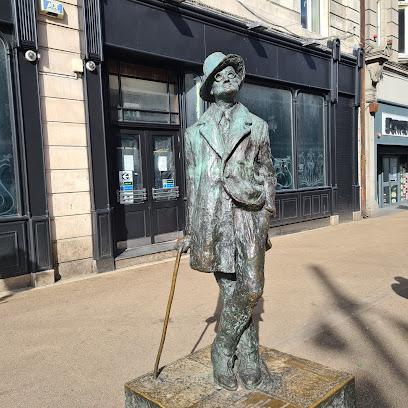
Unmissable attractions to see
Scherzer Rolling Lift Bridges
0.0 km
Experience the architectural wonder of Scherzer Rolling Lift Bridges in Dublin, a blend of beauty and functionality on the River Liffey.
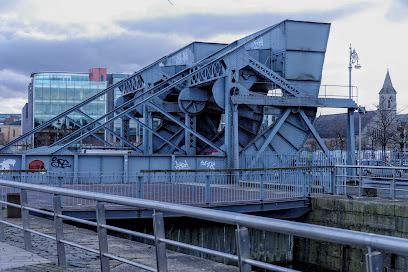
The Famine Memorial
0.0 km
Explore The Famine Memorial in Dublin, a poignant sculpture reflecting the resilience of the Irish people during the Great Famine.
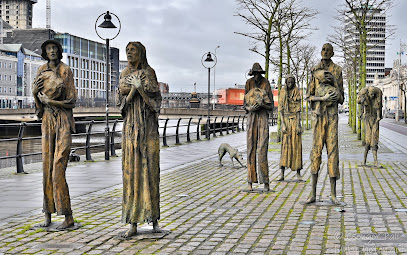
Triumphal Arch
0.1 km
Discover Dublin's Triumphal Arch, a stunning historical landmark that reflects the city's rich heritage and architectural beauty.
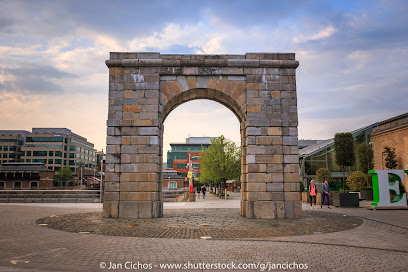
The Jeanie Johnston: An Irish Famine Story
0.1 km
Explore the poignant history of the Irish Famine on the Jeanie Johnston, a unique museum experience that brings the past to life in Dublin.

Dublin Discovered Boat Tours
0.1 km
Explore Dublin's iconic sights from a unique vantage point on the River Liffey with Dublin Discovered Boat Tours, your gateway to the city's rich heritage.
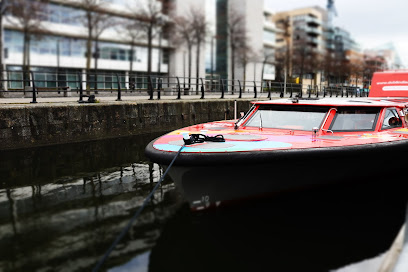
EPIC The Irish Emigration Museum
0.1 km
Explore the stories of Irish emigrants at EPIC The Irish Emigration Museum, a captivating journey through history and heritage in Dublin.
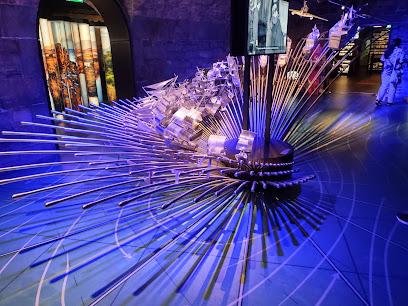
Seán O'Casey Bridge
0.1 km
Discover the Seán O'Casey Bridge, a stunning pedestrian bridge in Dublin that offers breathtaking views and a taste of the city's vibrant culture.
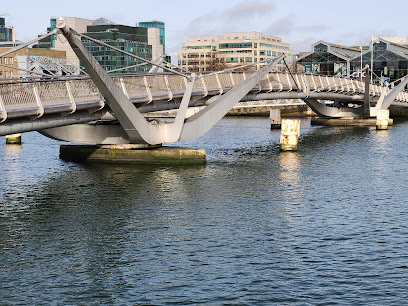
CHQ Dublin
0.1 km
Discover the cultural heartbeat of Dublin at CHQ, where history meets modernity with exceptional dining, shopping, and events along the River Liffey.

Irish Seaman's National Memorial (1990) by Niall Montgomery
0.2 km
Explore the Irish Seaman's National Memorial in Dublin, a heartfelt tribute to maritime heroes showcasing Ireland's rich seafaring history.
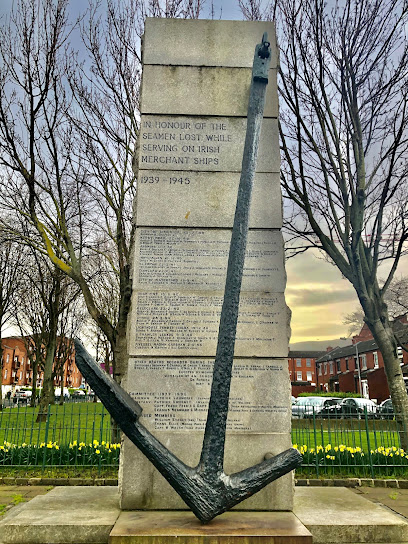
Custom House Visitor Centre
0.3 km
Discover the architectural beauty and historical significance of Dublin at the Custom House Visitor Centre, an essential stop for history lovers.

The Custom House
0.3 km
Discover the architectural beauty and historical significance of The Custom House, a must-visit landmark in Dublin that reflects Ireland's rich heritage.

James Connolly Memorial
0.4 km
Explore the James Connolly Memorial in Dublin, a poignant tribute to Ireland's revolutionary spirit and a reflection of the fight for social justice.
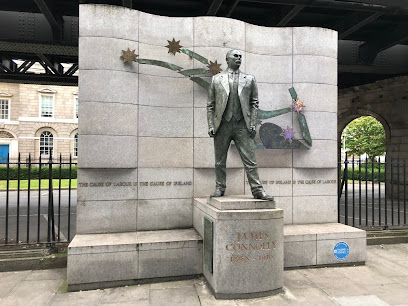
Constance Markievicz and Poppet (1998) by Elizabeth McLaughlin
0.4 km
Explore the Constance Markievicz and Poppet sculpture in Dublin, a tribute to a pioneering figure in Irish history and women's rights.
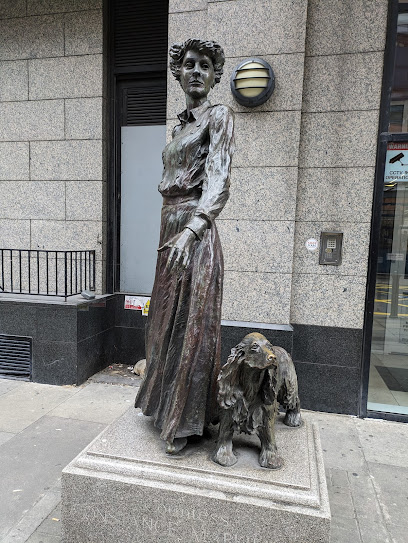
Liberty Hall Theatre
0.4 km
Discover the heart of Dublin's performing arts at Liberty Hall Theatre, an iconic venue offering diverse shows and unforgettable experiences.
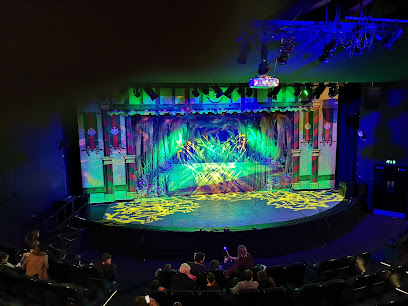
Science Gallery Dublin
0.4 km
Explore the intersection of art and science at Science Gallery Dublin, a dynamic cultural center within Trinity College that inspires curiosity and creativity.

Essential places to dine
Courtyard Restaurant
0.4 km
Experience authentic Irish cuisine at the Courtyard Restaurant in Dublin's vibrant heart; savor tradition in every bite.
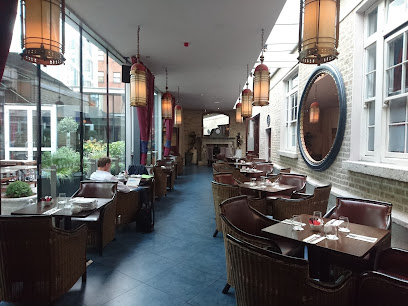
The Vintage Kitchen
0.4 km
Discover authentic Irish flavors at The Vintage Kitchen in Dublin, where local ingredients meet warm hospitality.

D'Olier Street Restaurant
0.6 km
Discover exquisite Irish cuisine at D'Olier Street Restaurant in Dublin - where fine dining meets exceptional service.
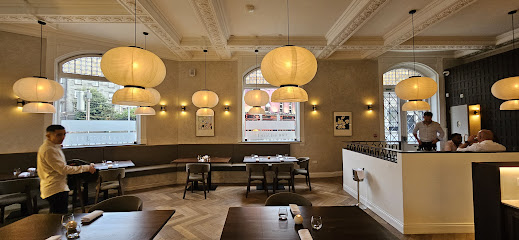
101 Talbot
0.6 km
Discover the flavors of Europe at 101 Talbot, Dublin's premier restaurant offering a delightful dining experience in a warm atmosphere.
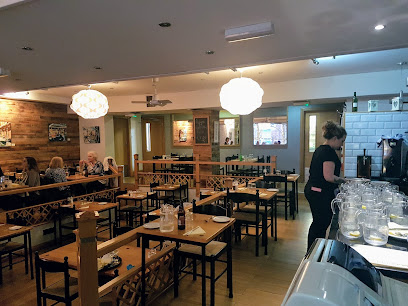
The Buttery
0.6 km
Experience authentic Irish cuisine at The Buttery - a cozy restaurant in Dublin known for its friendly service and budget-friendly prices.
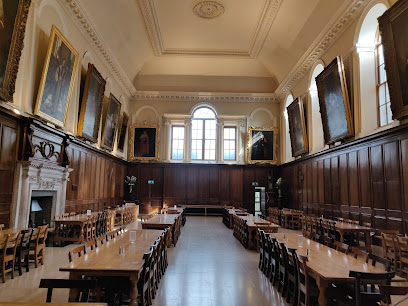
The 1592 Restaurant
0.6 km
Experience exquisite Irish cuisine at The 1592 Restaurant in Trinity College Dublin - where history meets culinary delight.
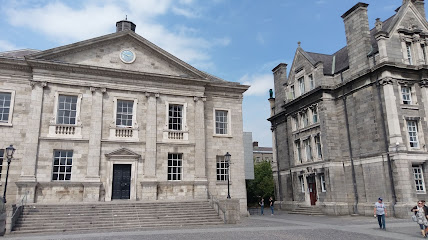
The East Dining Hall
0.6 km
Experience authentic Irish cuisine at The East Dining Hall in Dublin Southside - where tradition meets flavor.
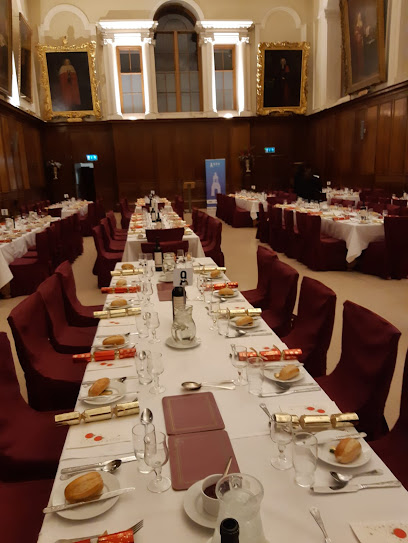
Note Dublin
0.7 km
Experience innovative Spanish cuisine at Note Dublin – where every dish tells a story in the heart of Ireland's vibrant capital.
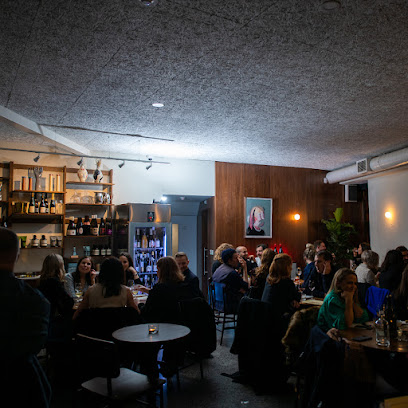
Speranza Restaurant @ The Mont
0.7 km
Experience authentic Italian flavors in the heart of Dublin at Speranza Restaurant – where every dish tells a story.

Lotus Eaters
0.8 km
Experience exquisite Asian fusion cuisine at Lotus Eaters in Dublin - where local Irish ingredients meet innovative culinary artistry.
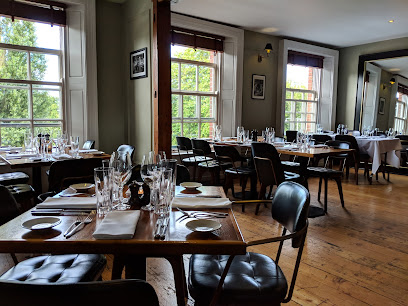
The Pig's Ear
0.8 km
Experience modern Irish cuisine at The Pig's Ear, where local ingredients meet culinary creativity in Dublin’s vibrant dining scene.
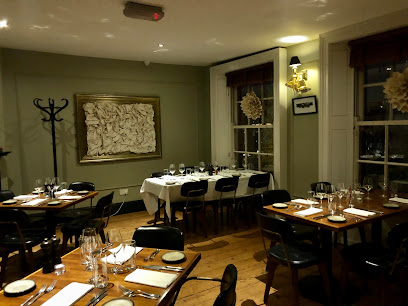
MV Cill Airne
0.8 km
Discover the essence of modern European cuisine at MV Cill Airne – where exceptional flavors meet breathtaking riverside views in Dublin.
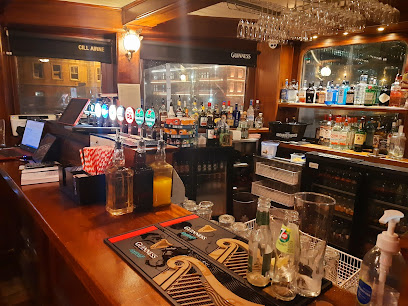
Kilkenny Café
0.8 km
Discover Kilkenny Café at Trinity College Dublin - where delightful flavors meet historical charm in every bite.
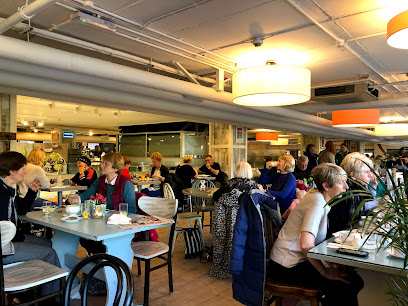
Dunne and Crescenzi
0.8 km
Experience authentic Italian flavors at Dunne and Crescenzi in Dublin – where culinary tradition meets modern dining.
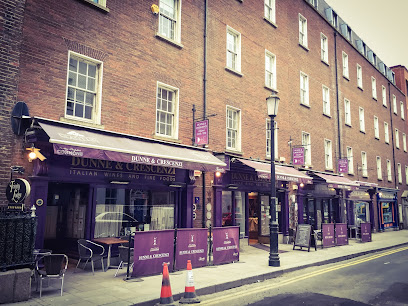
Hawksmoor Dublin
0.8 km
Experience culinary excellence at Hawksmoor Dublin - where premium steaks meet delightful cocktails in a stunning setting.
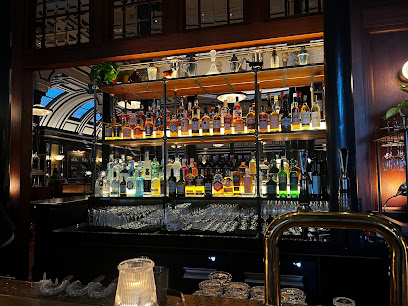
Markets, malls and hidden boutiques
EPIC Museum Gift Shop
0.1 km
Explore the EPIC Museum Gift Shop for unique Irish gifts and souvenirs that showcase the rich heritage of Ireland.

Under The Bridge
0.4 km
Explore Under The Bridge, Dublin’s charming antique store, where unique vintage treasures await every curious traveler.

Trinity Gift Shop
0.7 km
Discover unique Irish gifts and souvenirs at Trinity Gift Shop, nestled in the historic Trinity College Dublin, a must-visit for every traveler.

The Irish Store
0.7 km
Discover The Irish Store in Dublin, where authentic Irish goods, clothing, and jewelry await to enrich your travel experience.

The Gallery Shop
0.7 km
Explore The Gallery Shop in Dublin for unique gifts and art-inspired treasures that reflect Ireland's rich cultural heritage.
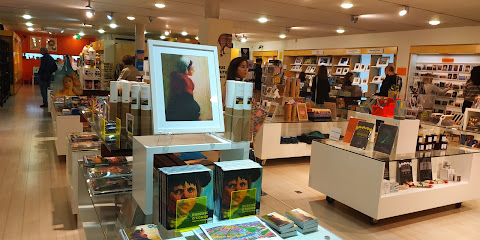
The shop of nice things
0.8 km
Explore The Shop of Nice Things in Dublin, where unique gifts and home goods embody the charm and creativity of Irish craftsmanship.

Bears and Co
0.8 km
Explore the charm of Dublin through unique souvenirs and local artisan treasures at Bears and Co, your go-to gift shop in North City.

Kilkenny Design
0.8 km
Explore Kilkenny Design, Dublin's premier destination for authentic Irish goods, delightful café experiences, and unique local craftsmanship.
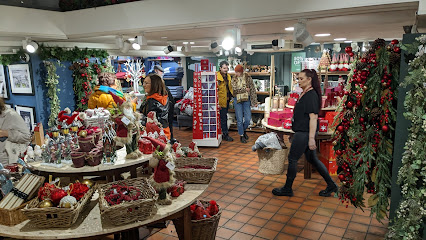
Carrolls Irish Gifts
0.8 km
Explore Carrolls Irish Gifts in Dublin for an unparalleled selection of authentic Irish souvenirs and gifts, capturing the heart of Ireland.
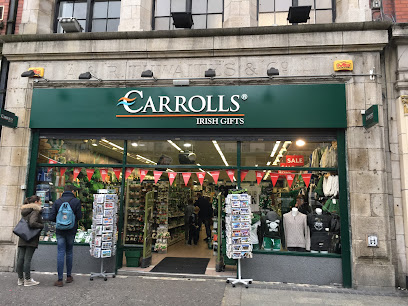
The House of Names
0.8 km
Explore your heritage at The House of Names, a unique gift shop in Dublin offering personalized family crests and Irish heritage gifts.
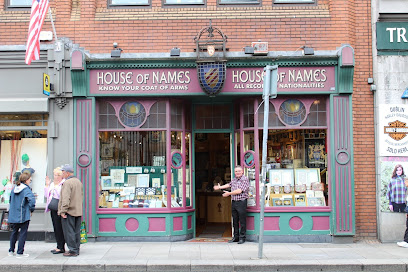
Seasons of Ireland
0.8 km
Explore authentic Irish gifts and souvenirs at Seasons of Ireland, a charming gift shop in the heart of Dublin's Grafton Street.
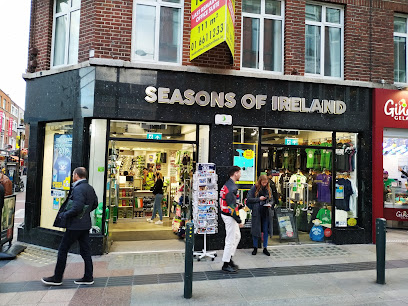
House of Names
0.9 km
Explore your heritage and find unique family crests at the House of Names in Dublin's historic Temple Bar district.
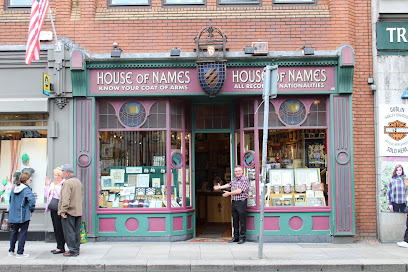
The Angel of Grafton Street
0.9 km
Explore the enchanting Angel of Grafton Street, a stunning statue that embodies Dublin's rich cultural heritage amidst the vibrant atmosphere of Grafton Street.
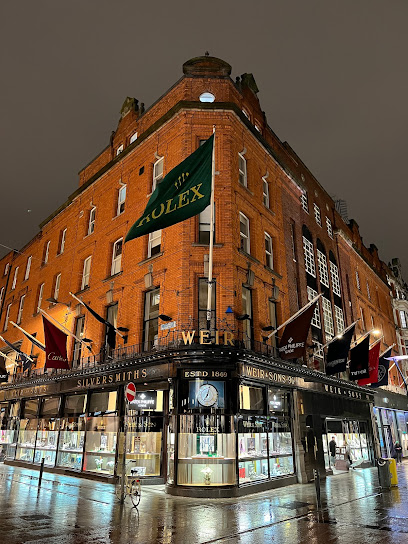
Golly Gosh Vintage Boutique Dublin
0.9 km
Discover unique vintage treasures at Golly Gosh Vintage Boutique in Dublin's vibrant Temple Bar, a must-visit for fashion lovers and treasure hunters.
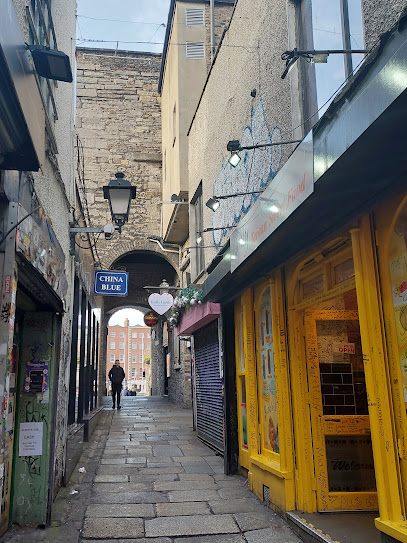
dublin vintage factory
0.9 km
Explore Dublin Vintage Factory for an unforgettable shopping experience filled with unique vintage clothing and accessories in the heart of Temple Bar.

Essential bars & hidden hideouts
O'Neills Victorian Pub & Townhouse
0.4 km
Discover the vibrant spirit of Dublin at O'Neills Victorian Pub & Townhouse, where traditional Irish cuisine meets lively entertainment.
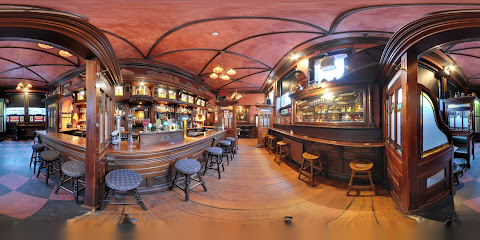
Doyle's
0.6 km
Experience the essence of Dublin's pub culture at Doyle's - a lively haven for food, drinks, and unforgettable memories.

Pavilion Bar
0.6 km
Discover the vibrant Pavilion Bar in Dublin, where affordable drinks and a lively atmosphere await in the heart of the city.
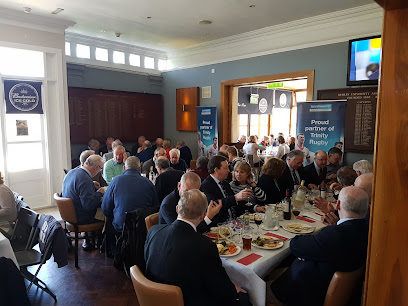
The Palace Bar
0.7 km
Experience the charm and warmth of The Palace Bar, a historic Irish pub in Dublin's vibrant Temple Bar district, perfect for locals and travelers alike.
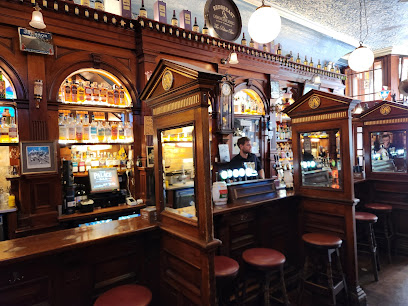
The Sin Bin
0.7 km
Experience Dublin's vibrant sports culture at The Sin Bin, where delicious food, refreshing drinks, and live sports create an unforgettable atmosphere.
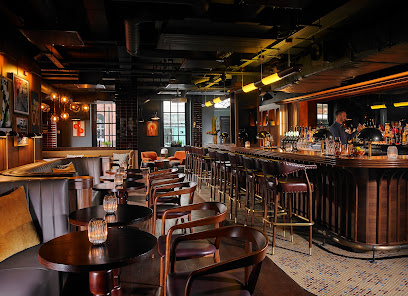
r.i.o.t.
0.8 km
Discover the lively atmosphere of r.i.o.t. in Dublin’s Temple Bar, where vibrant nightlife meets delicious drinks in a stylish setting.
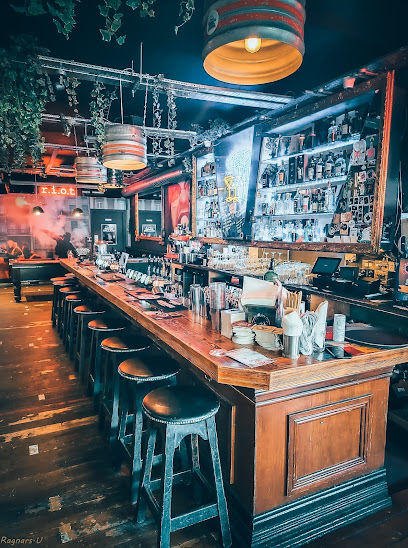
Tapped Late Bar
0.8 km
Discover the lively Tapped Late Bar in Dublin, where great drinks and vibrant ambiance meet for an unforgettable night out.
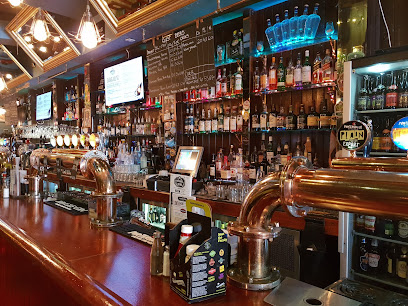
O'Donoghue's Bar
0.8 km
Experience the heart of Dublin at O'Donoghue's Bar, where traditional Irish hospitality meets vibrant live music and delicious cuisine.
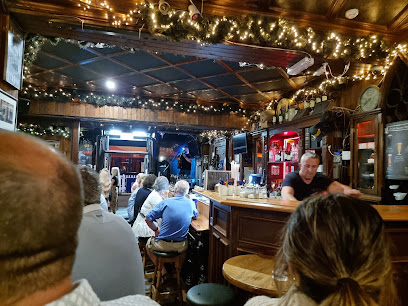
Oliver St. John Gogartys
0.9 km
Discover the essence of Irish culture at Oliver St. John Gogartys, where live music, great food, and friendly vibes await you in Dublin's Temple Bar.
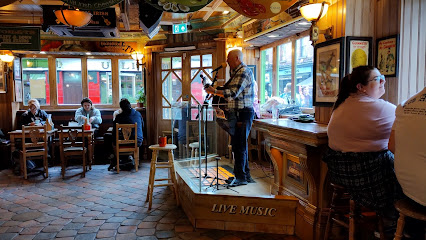
LoSt LaNe
0.9 km
Discover the heart of Dublin's nightlife at LoSt LaNe, a vibrant bar offering live music and an eclectic atmosphere.
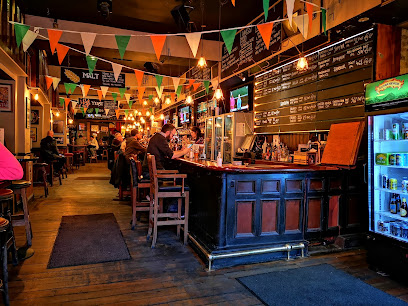
The Blind Pig Speakeasy
0.9 km
Experience the charm of the 1920s at The Blind Pig Speakeasy, Dublin's premier cocktail bar known for its innovative drinks and vibrant atmosphere.
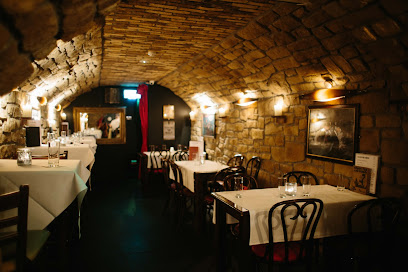
The Auld Dubliner
0.9 km
Discover the authentic Irish pub experience at The Auld Dubliner in Dublin's vibrant Temple Bar district, where live music and warm hospitality await.
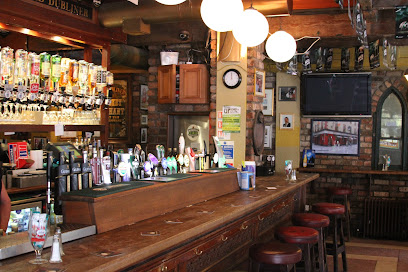
O'Neills Pub & Kitchen
0.9 km
Discover the heart of Dublin at O'Neills Pub & Kitchen, where traditional Irish cuisine meets a vibrant atmosphere in the city's cultural hub.
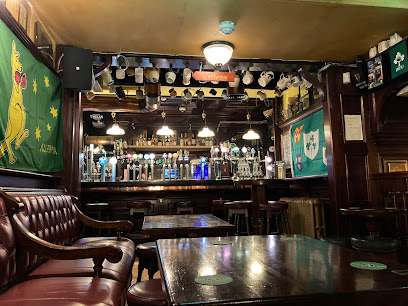
The Big Romance
0.9 km
Experience Dublin's nightlife at The Big Romance, a cocktail bar with live music, eclectic vibes, and an unforgettable atmosphere.
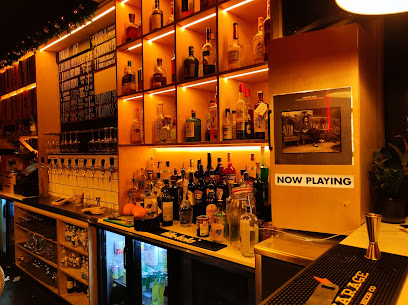
Gin Palace Dublin
0.9 km
Discover the vibrant atmosphere and unique gin selection at Gin Palace Dublin, where traditional pub culture meets modern taste.
